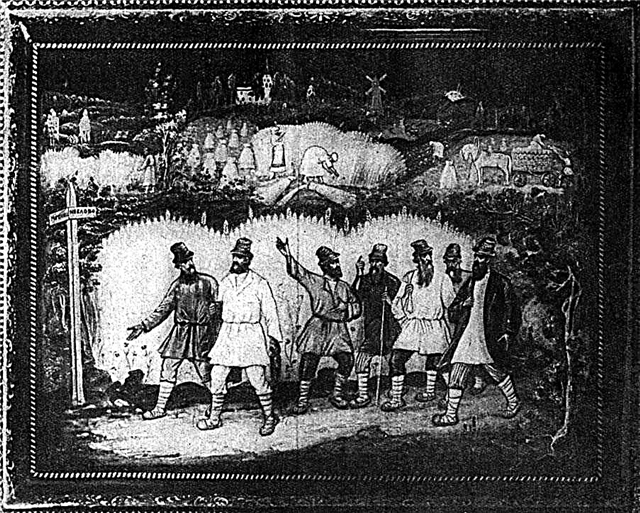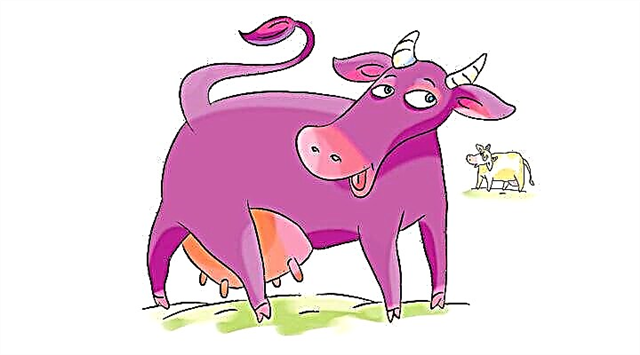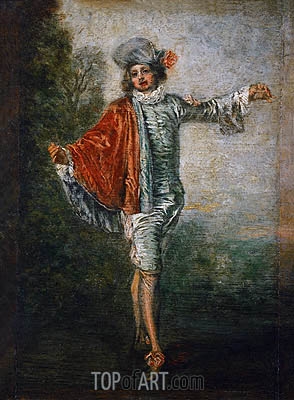The novel is stylized as an old German story. The story begins around 1521. Franz Sternbald, an artist, a young student of Albrecht Dürer, a renowned German painter, leaves Nuremberg and embarks on a long journey to reach Italy and learn from Italian artists. Franz is escorted by his friend Sebastian, like himself, a disciple of Dürer, Then, after a touching farewell, Sebastian returns back to Nuremberg, to the workshop of his teacher.
On the way, Franz accidentally meets a blacksmith apprentice. Having learned that Franz is a painter, he shows great interest in his art and promises that in Nuremberg he will go to Dürer and Sebastian and observe the process of their creation.
In the next city, Franz transmits a letter from Dürer to the manager of one large factory, Mr. Zoener. He invites him to dinner. In the evening, Sternbald is led into the hall, where a brilliant meeting does not pay him the slightest attention and conducts frivolous, down-to-earth conversations. After dinner, Zeuner persuades Franz to take a good salary position at his factory and is tempted by the opportunity to ensure a comfortable life in the near future. Franz does not succumb to the temptation and remains faithful to his dream. He rejects his offer and continues on his way.
The young man makes a detour to visit the village on the banks of the Tauber, where his parents live. He catches his father at death. From him, Franz learns that he is his adopted son, but his father dies and does not have time to name his real parents. His adoptive mother does not know who he is, for when she married his father, he already had a two-year-old boy. Franz lingers for several days in this village and paints a picture "Evangelism to the shepherds." Walking through the fields, Franz recalls how he once wandered in the meadow as a child and gathered flowers. Suddenly, a carriage stopped next to him, from which a little girl stepped out and asked to give her the bouquet he had collected. He gladly fulfilled her request and since then has kept a magical memory of this meeting. At the moment when his picture is hung in the church instead of the old one, a carriage stops near the open door of the cathedral, from which the wheel flies off. Franz rushes to the frightened girl sitting in the carriage and reassures her. Near the church, the girl loses her album, and Franz finds it already when the carriage is far away. He opens the album, sees in it a dry bouquet of wildflowers and realizes that this is the same stranger he met in childhood. He wants at all costs to find her again. He refuses the offer of his foster mother to stay in the village and lead a decent and prosperous life and resumes the journey.
He goes to the Netherlands to see the famous artist Luka Leidensky. He turns out to be a rather young man and an entertaining interlocutor. Franz tells him about his timidity in painting and about too much impressionability. Luke guides him on the true path and advises him not to travel to Italy, but to confine himself to the German school of painting and depict northern nature in a manner familiar to the Germans, for the Latin roots of Italian art allegedly do not agree with the inner world of the Germans. Soon, however, Dürer himself visits Luke of Leiden. He still catches his pupil with Luke, and he manages to instill in him a shaky confidence in the correctness of the path he has chosen.
From Leiden, Franz travels to Antwerp with several fellow travelers. Among them, most of all, Franz likes Rudolf Florestan, poet, singer, Italian, heading to his homeland from England. Young people decide to travel further together. Before Antwerp, Rudolph briefly parted with Franz to visit a friend who lived near the city. Franz settles in the inn and often visits his other companion, businessman Vansen, who, having learned that Sternbald is an artist, was imbued with unlimited respect for him. At the request of Vansen, Franz paints a portrait of his daughter, a very sad girl. She begins to trust him and reports the reason for her sadness. It turns out that she has a lover, but he is poor, and her father, as she believes, will never agree to marry her for him. Vansen vowed to himself that he would give his daughter in marriage only to the artist, and invites Franz, even though he is poor, to become his son-in-law. Franz meets the groom of his daughter and recognizes in him his familiar blacksmith. Having visited the workshop of Dürer, he fell in love with painting, completely abandoned the blacksmith's craft, and now he is dying from the longing for his beloved and from the fact that he does not know which life path he should choose: painting or blacksmithing. Franz convinces him to turn to art and talk with Vansen. He succeeds in happily arranging the fate of Vansen's daughter, and, together with Rudolf Florestan, who has already joined him, he sets off on.
On the way, friends meet with Bolz, the sculptor returning from Italy to Germany, and the monk accompanying him. The first repels friends with harsh judgments about German art and the exaltation of Italian painters, while the second captivates with its softness and warmth. Franz and Rudolph say goodbye to travelers and move on. They get acquainted with a beautiful hunter and stay at her castle. The young countess shows Franz a portrait of her lover, who escaped from her before the wedding. In the portrait, Franz recognizes the monk whom he met shortly before.
After a while, Sternbald visits a nearby hermit. He is also a painter. Among his works, Franz accidentally finds a portrait of his stranger. He brings it to the castle and, talking about the hermit, shows the countess. The countess says that she depicts her sister, who died less than a year ago. Franz is inconsolable. As if the soil was leaving under his feet. However, he soon met a charming girl with whom he had an affair, stormy and sensual. It is hard for him to part with her, but he still leaves the castle to continue his journey.
Soon, Franz and Rudolph see a wounded knight in the forest and a pilgrim trying to help him. Together they spend the night in a hut at a hermit who is away from the bustle of the world because of unhappy love. A healing herbal decoction helps the wounded knight, in which Franz and Rudolph recognize the recently met monk, the countess's lover, to recover. Roderigo, this is the name of the knight, tells young people about his friend Ludovico, a cheerful and reckless man whom he had not seen for more than a year, as well as about his beloved countess, from whom he escaped, but who was very homesick. His surprise is great when after a while he sees his beloved Ludoviko enter the hermit's hut. His exuberant temperament and love of danger captivate Rudolph, who has not gone a step from him ever since, Ludoviko explains his excessively loose and indomitable disposition by the fact that in his childhood he did not have his brother so desired by him and did not learn to love anyone, except myself.
Young people all together leave the hermit's hut and after a long and tiring transition they enter the garden adjacent to the castle. The castle, as it later turns out, belongs to a relative of the countess. Here Roderigo accidentally meets his lover and puts up with her.
The next way, Franz holds one. In the next city, he paints a picture in a monastery and helps Ludoviko, who came there, to abduct his bride, whom her relatives make to get a haircut as a nun.
In Florence, Sternbald meets many Italian artists, leads an idle and frivolous lifestyle, which, however, does not suit him very much. Then he goes to Rome, where in one of the houses where the countess recommended him to meet, he meets his beloved stranger. It turns out that her name is Maria and she, too, has long loved Sternbald. The girl's mother accepts Franz extremely favorably.
In the third part, which Tick did not write, he intended to talk about the fact that in Florence, in a rich country house, Franz meets his father, while Ludovico turns out to be his brother. He planned to safely complete the journeys of Sternbald in Nuremberg at the grave of Albrecht Durer, who had already passed away by that time.

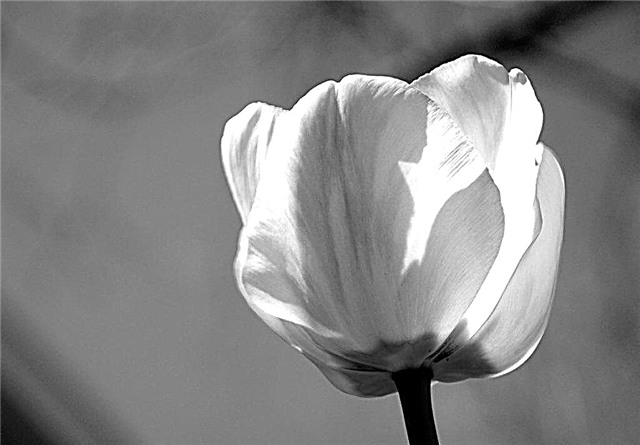
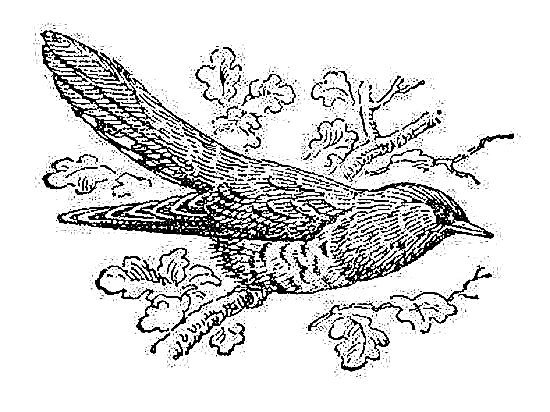
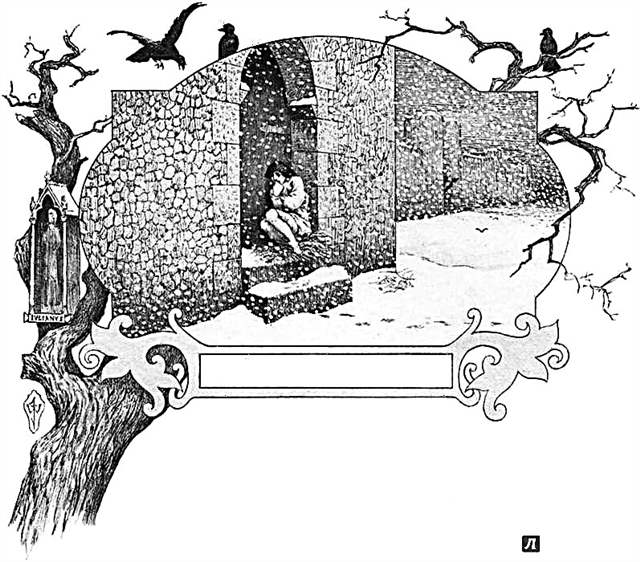
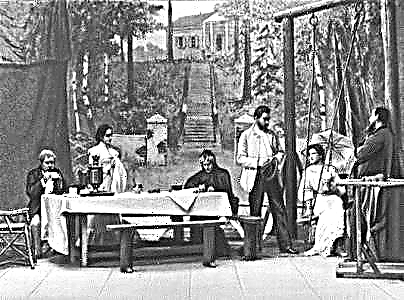

 Junkie
Junkie
